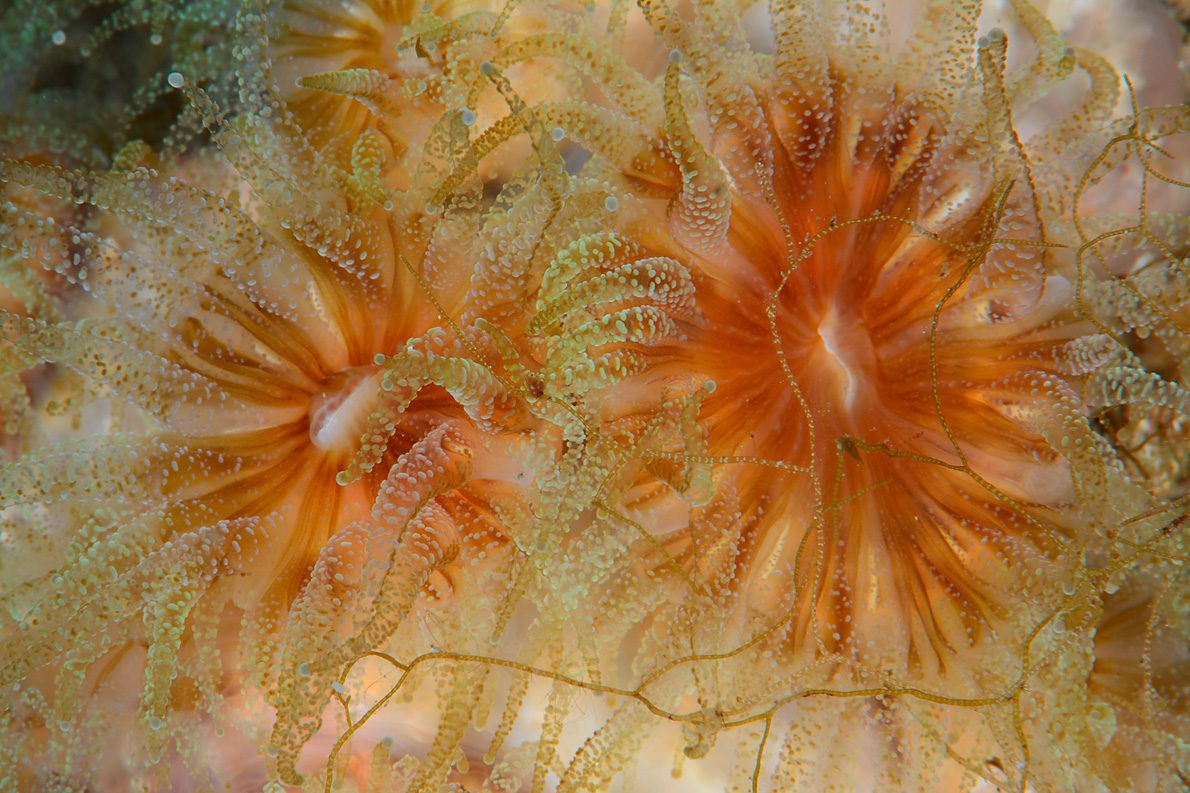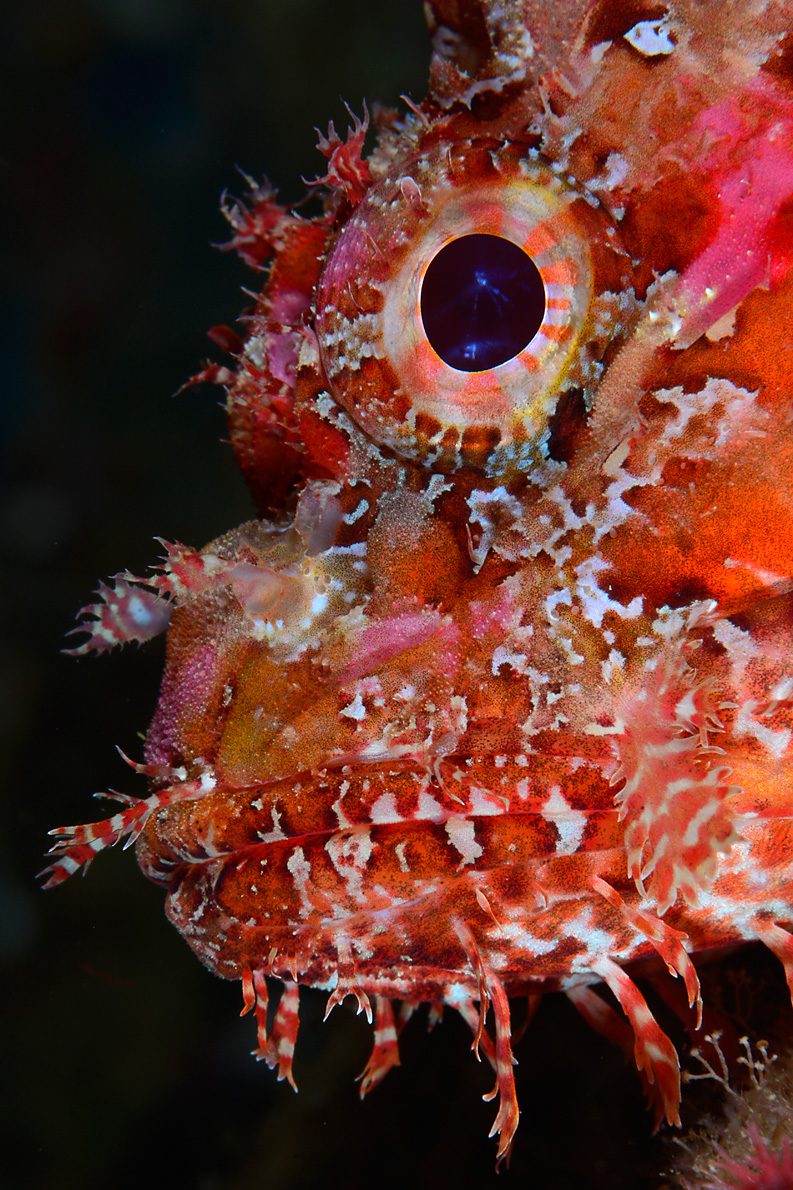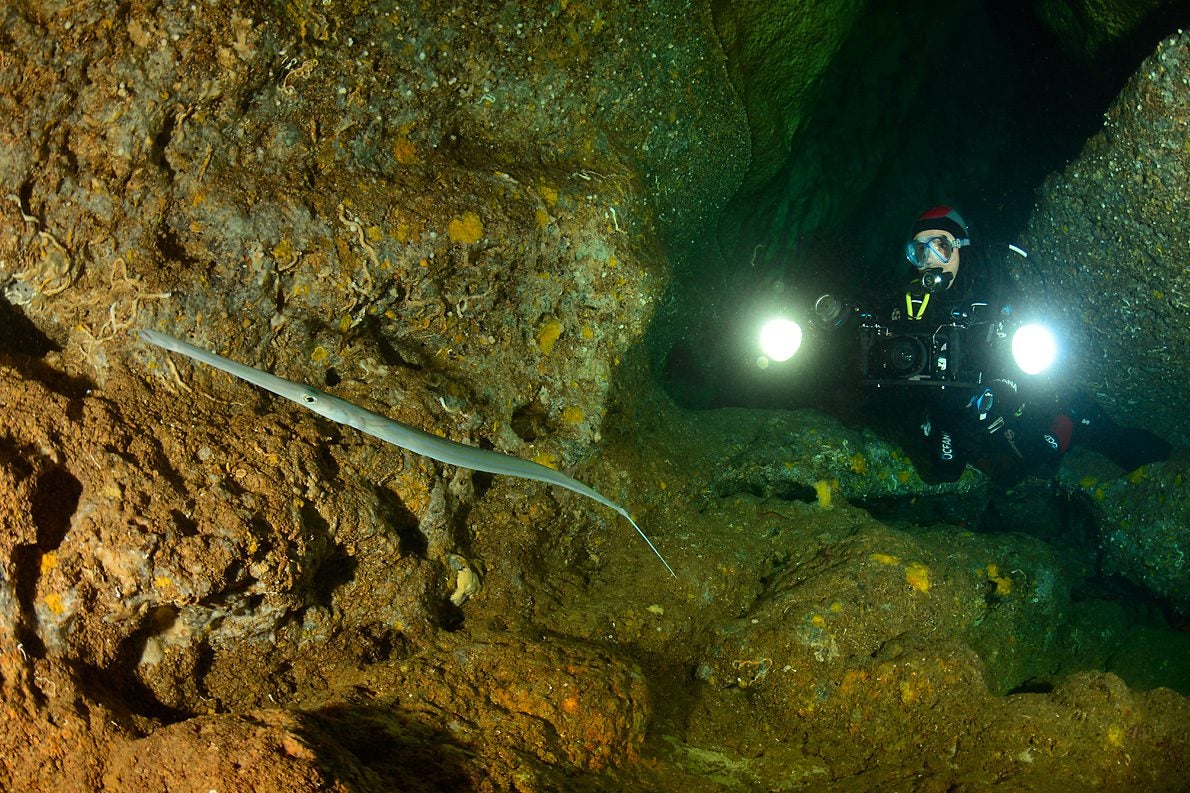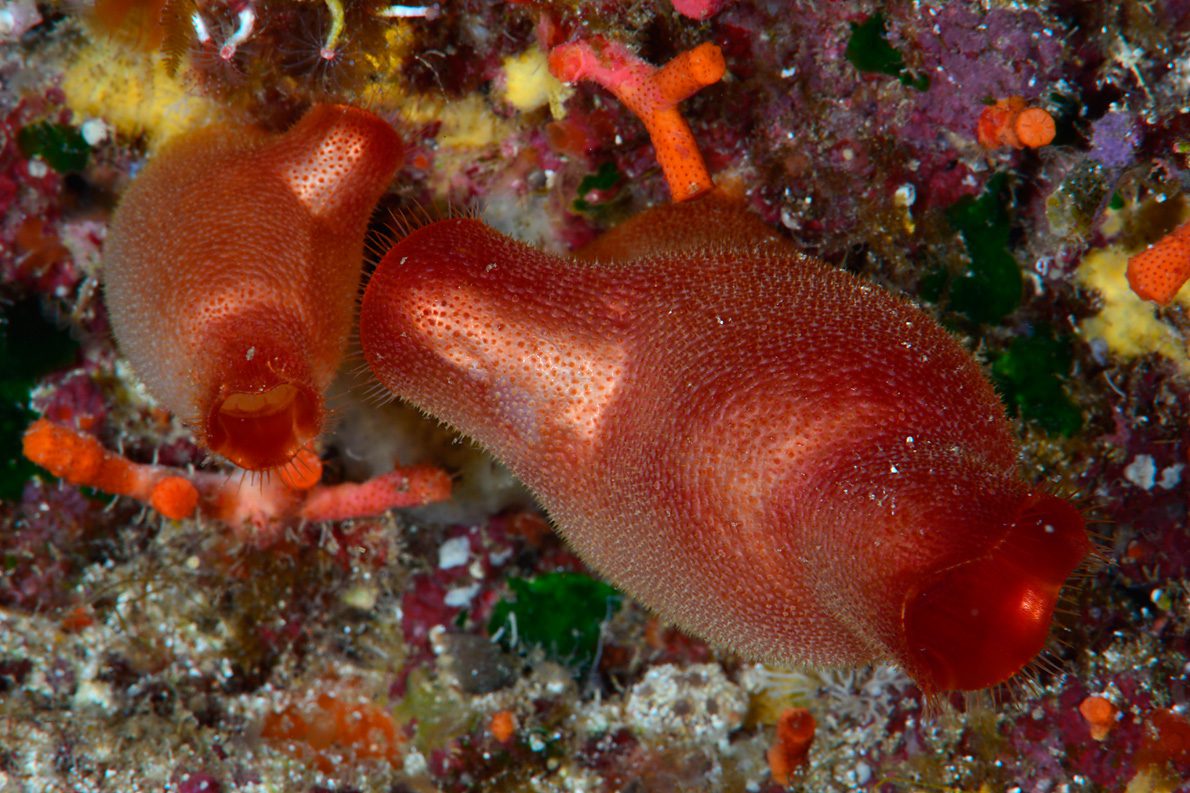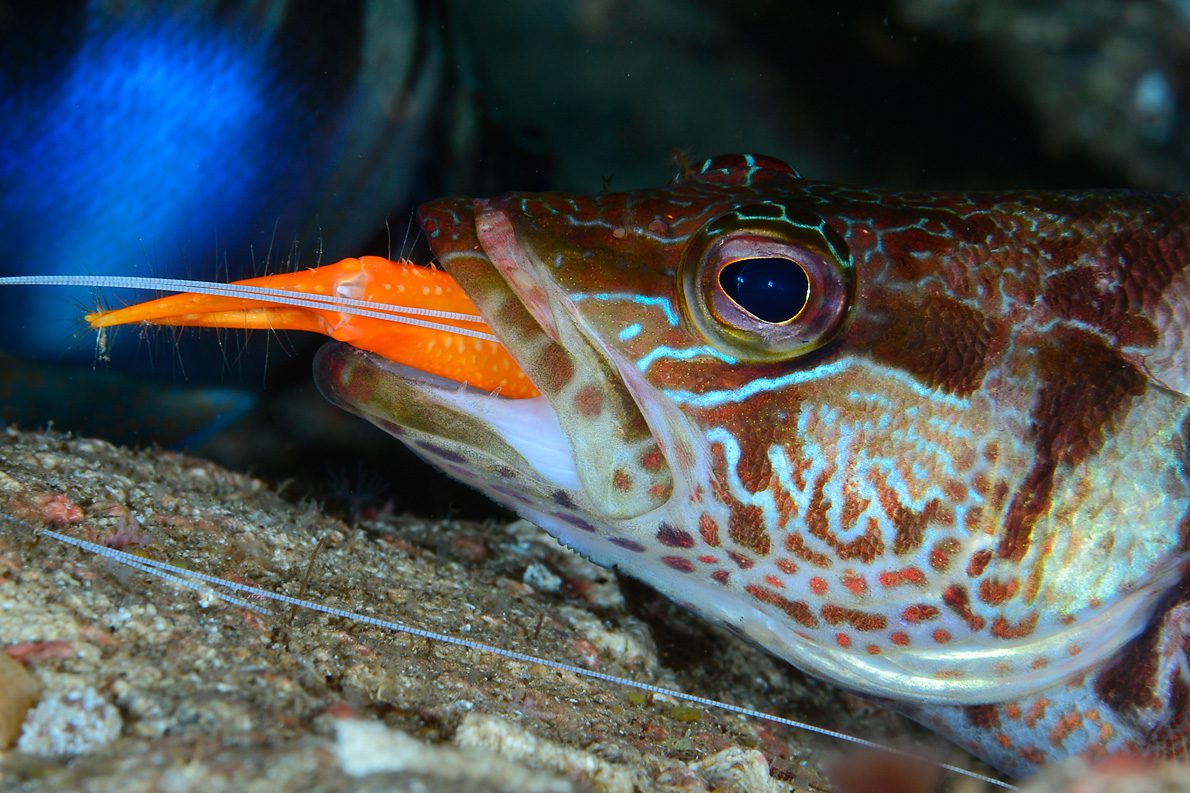June 20, 2016
Sampling protocol
All research methods involve some degree of impact on the environment and all researchers are aware of that. Although it is practically impossible to cause no harm at all, for example, when lifting sediments, the sampling we do with the ROV is the least intrusive method there is to study the deep sea. Even so, an image is sometimes not enough to distinguish one species from another as some vary ever so slightly, like for example, in details of structure or polyps. In such cases, taking a specimen sample to study later on in more detail either on-board or in a lab is therefore necessary. With the ROV’s mechanical arm and with some considerable skill from the controller, we take a small but big enough piece to correctly identify the species, with minimum harm to the living creature. After hopefully not getting lost along the way up to the sea surface, we get the specimen on-board and then document it and take photos of it fresh out of the sea. Then we take an even smaller piece from the sample and store it in a 100% alcohol preservative, which allows us to carry out genetic studies if we need to. The rest is conserved in 70% alcohol (diluted with distilled water). Thanks to these kinds of samples, we can help protect a certain species, area or even come across a new discovery for science.


